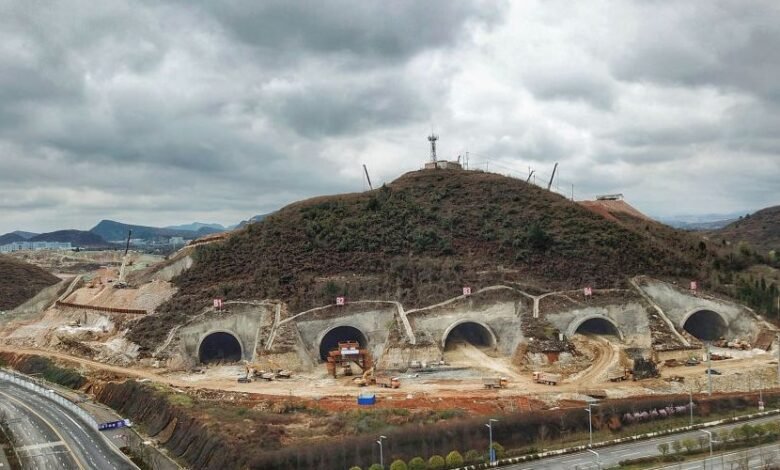Inside the Secret Bunkers and Mines Becoming Data Centers

▼ Summary
– A former 1950s nuclear bunker in southeast England now houses a high-tech underground data center operated by the Cyberfort Group.
– The bunker was originally built as a Royal Air Force command center to monitor for nuclear threats during the Cold War.
– This facility is part of a global trend of repurposing decommissioned military bunkers into secure cloud storage spaces.
– The author, an anthropologist, studies such “extreme” data storage sites as modern equivalents of ancient underground relic storage.
– The research explores contemporary anxieties about data loss and the efforts made to preserve digital information.
Nestled within the serene Kent countryside, a remarkable transformation is taking place deep underground. Beneath a seemingly ordinary grassy mound lies a high-tech cloud computing facility, a stark contrast to its pastoral surroundings. This facility represents a growing trend where decommissioned military bunkers and abandoned mines are being repurposed into ultra-secure data centers. These subterranean fortresses are designed to protect what has become the most valuable asset of the modern era: our digital information.
The journey to this particular site winds along a quiet rural road, where sunlight filters through dense hedgerows. It is difficult to perceive the ten-foot-high razor-wire fence that encircles the compound, its presence masked by thick hawthorn and brambles. One hundred feet below the surface, the hum of servers replaces the silence, a constant reminder of the vital work happening out of sight. This facility was originally a nuclear bunker, constructed in the 1950s to serve as a command-and-control center for the Royal Air Force’s radar network. Decaying concrete plinths on the surface are the only visible remnants of the radar dish that once scanned the skies for incoming nuclear threats.
Following the end of the Cold War, the bunker was acquired by a London-based internet security firm. Today, it is operated by the Cyberfort Group, a cybersecurity services provider. The bunker itself is a solid, grass-covered concrete mass that rises from the center of the secure compound, a physical manifestation of security and resilience. This site is a prime example of the global movement to find innovative and secure locations for data storage, a practice that echoes ancient human traditions.
From an anthropological perspective, the bunkered data center continues the age-old custom of safeguarding precious items underground. Our ancestors built tumuli and burial mounds to protect tools, silver, and gold. In a modern parallel, we now inter our most valuable digital treasures in these fortified subterranean spaces. The anxieties surrounding data loss drive a continuous effort to create backups, and these extreme storage solutions offer a powerful sense of permanence.
The Cyberfort facility is far from alone. Around the world, a variety of decommissioned secure locations are finding new life. This includes former bomb shelters in China, derelict Soviet command centers in Kyiv, and abandoned Department of Defense bunkers across the United States. Over the past twenty years, these sites have been meticulously repackaged and marketed as “future-proof” solutions for storing the ever-expanding volumes of cloud data.
(Source: Wired)